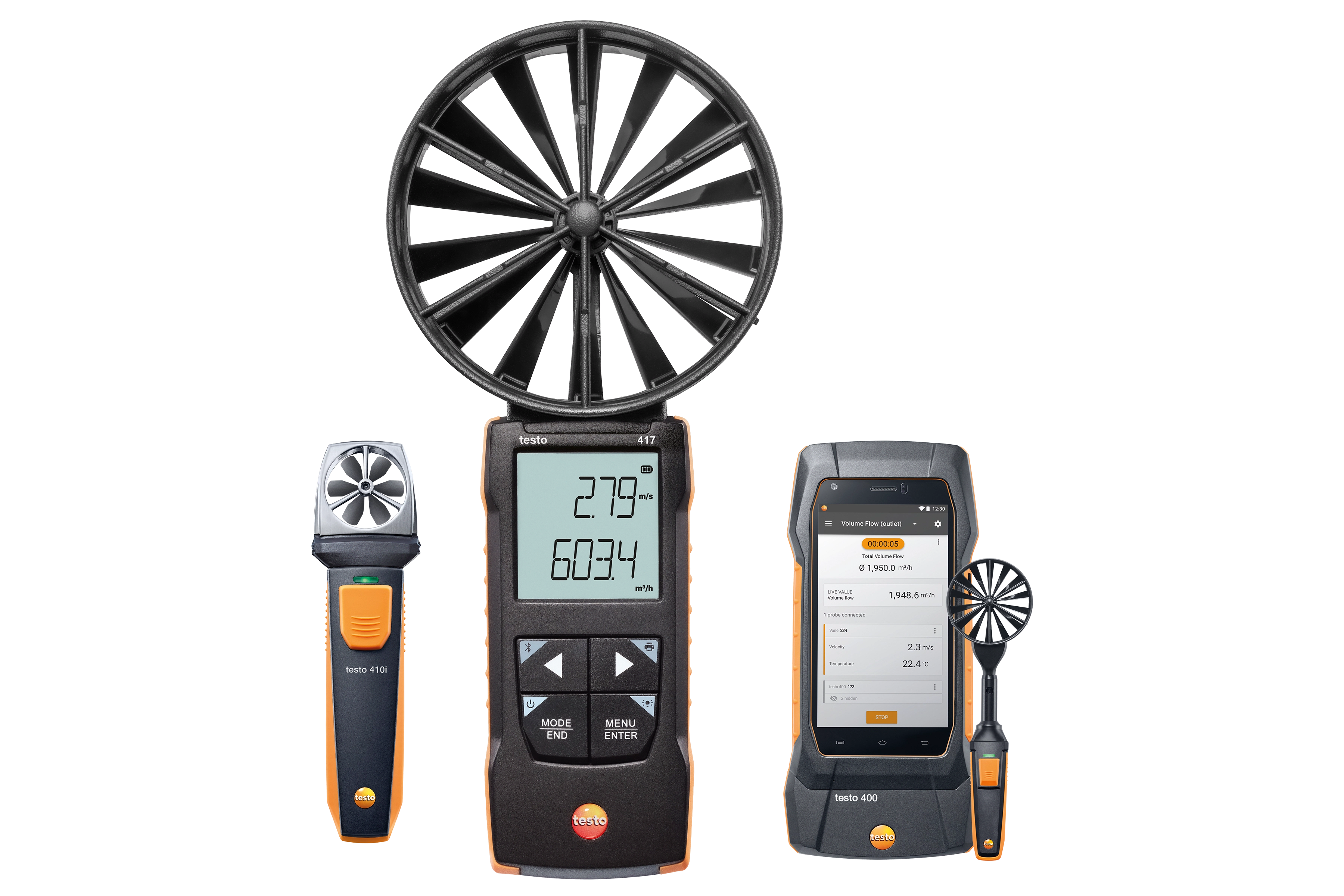Why an Anemometer is Vital for Your Environmental Data Collection
Why an Anemometer is Vital for Your Environmental Data Collection
Blog Article
Anemometers Introduced: Comprehending Their Relevance in Environmental Tracking and Security Steps
The duty of anemometers in ecological tracking and precaution is usually taken too lightly, yet their relevance is indisputable. These instruments have a long background rooted in clinical questions and technical developments, developing to end up being necessary tools in various areas. From weather forecasting to air travel security, anemometers play a vital function in providing exact information that notifies decision-making processes and boosts total security. Understanding the intricacies of anemometers unveils a globe of crucial insights that are fundamental to our understanding of the setting and the procedures we take to guarantee safety and security.
History of Anemometers
The evolution of anemometers can be mapped back to the old worlds where fundamental wind gauging devices were first used. These early wind dimension devices laid the structure for the growth of much more sophisticated anemometers with time. One of the earliest well-known anemometers was the hemispherical mug anemometer created by Leon Battista Alberti in the 15th century. This layout contained four hemispherical cups that accumulated wind energy, supplying a dimension of its intensity based on the rate of rotation.
Over the years, innovations in technology led to the development of even more contemporary anemometers, including ultrasonic anemometers and laser Doppler anemometers, supplying raised accuracy and effectiveness in determining wind speed and instructions. The background of anemometers showcases an impressive trip of development and progress in the field of meteorology.
Kinds Of Anemometers
Throughout the area of weather forecasting, different types of anemometers have actually been developed to properly measure wind speed and instructions. Sonic anemometers utilize ultrasonic signals to determine wind rate and direction precisely. Hot-wire anemometers operate based on the concept that the cooling effect of wind on a warmed cord is proportional to the wind speed.
Applications in Weather Forecasting
Having talked about the different kinds of anemometers used in meteorology for determining wind rate and instructions, it is necessary to discover their useful applications in the field. Anemometers play a crucial duty in meteorology by giving real-time and accurate information on wind conditions (anemometer). Meteorologists utilize anemometers to keep an eye on wind speed and direction to forecast climate patterns, issue cautions for severe weather events like hurricanes, tornadoes, and tornados, and evaluate climatic conditions for aviation safety
In meteorology, anemometers help in understanding local and local wind patterns, which are important for predicting climate adjustments and establishing weather patterns. These tools are additionally made use of in research study to examine microclimates, metropolitan warm islands, and air pollution diffusion. Furthermore, anemometers are employed in agriculture to maximize plant administration methods, such as watering and pesticide application, based on wind conditions.
Value in Aviation Safety
An indispensable facet of making sure air travel safety and security exists in the precise monitoring of wind problems using anemometers. Anemometers play a crucial duty in air travel by giving real-time data on wind rate and direction, helping pilots in making notified decisions throughout trip, take-off, and touchdown. Unpredictable and solid winds can considerably influence aircraft operations, making it essential for air travel authorities to count on accurate wind next measurements to make certain the safety of guests and team.

In the vibrant environment of air travel, where also minor adjustments in wind speed and direction can have extensive effects, anemometers stand as indispensable tools for advertising safe and safe air traveling.
Role in Environmental Research Study
How do anemometers contribute to advancements in ecological research? Anemometers play a crucial function in ecological research by providing necessary data on wind speed and instructions. This details is essential for comprehending various atmospheric procedures, such as air pollution diffusion, climate patterns, and environment modification. By accurately gauging wind attributes, anemometers assist scientists assess the activity of toxins in the air, examine the impact of commercial emissions, and anticipate the spread of contaminants in the atmosphere.


Conclusion
Finally, anemometers have played an essential role in environmental monitoring and precaution. With an abundant background and different kinds readily available, these gadgets have been extensively used in meteorology, aviation security, and ecological study. Recognizing the importance of anemometers is vital for precisely determining wind speed and instructions, which is important for predicting weather patterns, guaranteeing risk-free air travel procedures, and performing ecological research studies - anemometer. Their contributions to these fields can not be taken too lightly.
One of the earliest well-known anemometers was the hemispherical cup anemometer created by Leon Battista Alberti in the 15th century. Over the years, developments in innovation led to the development of even more modern anemometers, consisting of ultrasonic anemometers and laser Doppler anemometers, offering increased precision and performance in measuring wind speed and instructions. Hot-wire anemometers operate based on the principle that the cooling effect of wind on a Go Here warmed cord is proportional to the wind speed. Meteorologists use anemometers to monitor wind speed and direction to forecast weather patterns, issue warnings for serious weather condition occasions like tornados, twisters, and typhoons, and examine atmospheric conditions for air travel safety.
Comprehending the significance of anemometers is vital for accurately measuring wind speed and direction, which is essential for forecasting climate patterns, making certain secure aviation procedures, and conducting environmental studies. (anemometer)
Report this page